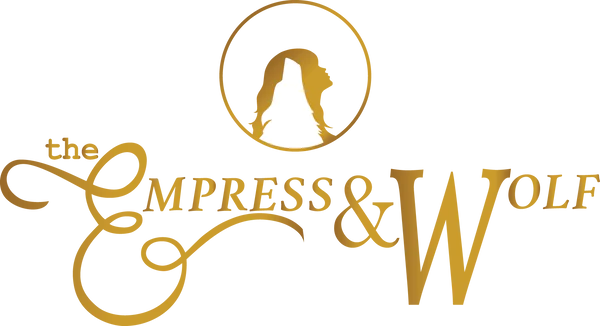Sigils: Illustrated Guide To The Symbols Of Spirit And Thought
Sigils are symbols designed for a specific magical purpose. They are symbolic icons that are condensed representations of more complex ideas or information. It was from astrology that the word sigil became acknowledged as an occult device with great power. Traditionally, a sigil is a line diagram symbolizing the unpronounceable name of a spirit, a form of pictorial signature of a spirit. To know the name of a spirit gives the magician the ability to command the spirit. They are a part of the ritual of ceremonial magic used for the conjuration of angels, demons and other spirits. In more modern times, the sigil has been reinvented as a Monogram of Thought, a graphic symbol created with the sole purpose of fulfilling the magicians desired outcome, a personal desire or set of desires. The term sigil is derived from the Latin words sigilla, sigillum and signum and in terms of magic it is generally understood to mean sign, seal, signa - ture or little picture. Sigils are also called by differ ent names like seal and pentacle. A seal is a sigil placed in a circle, it gives the conjuror the ability to capture the spirit and command it. A pentacle is a type of talisman used in magic evocation for protection. All religious symbols count as sigils and they date back to prehistory when humans first used images to infer intent - magic will - making it possible for the creator of the sigil to receive something or make something change in the universe, themselves, in other people or to summon and control outside entities. They were part of our ancestor's pictorial language in an age of symbolic literacy. In the ancient and classic worlds of the pre-Christian era, the term magic referred to arcane or esoteric knowledge. If someone had the knowledge to ward off illness or misfortune or gain favour with the gods by whatever means, they were considered to be a form of magician. The ability to produce magic sigils to ward off evil, counteract the devil and offer protection from sorcerers and witches continued unabated into the early Judeo-Christian tradition. The Cross being the upmost symbol of protection. One difference between the priest and the sorcerer was that one employed magic for religious purposes whilst the other used it for their own ends. The concept of the sigil became established during the Late Medieval and Renaissance period 1350-1700. During this time, magicians used sigils to call upon angels, demons and other spirits. Each spirit had its own sigil representing its 'essence', a sort of signature or spiritual autograph. These are the high magic sigils associated with black magic. Magicians created and studied these symbols, publishing lists of them in magical training books called grimoires. By the beginning of the 20th century, science and rationale had played a monumental role in the re-realizing of magic practise. Self-professed adepts such as Aleistair Crowley and Austin Osman Spare, rejected the traditions of Renaissance magic, taking the sigil out of ritual and employing them in their personal quests of mystical exploration, as symbols of intent



